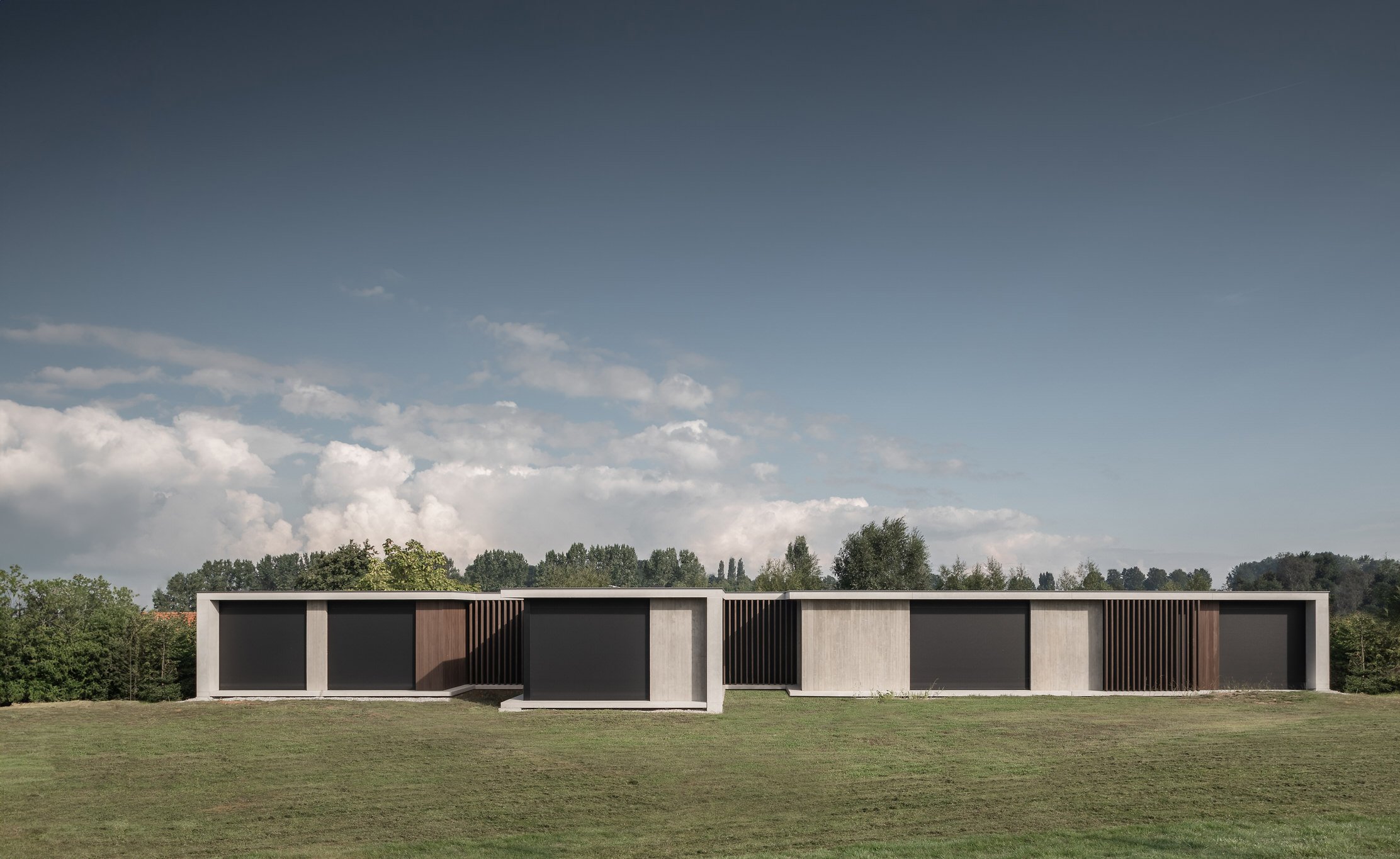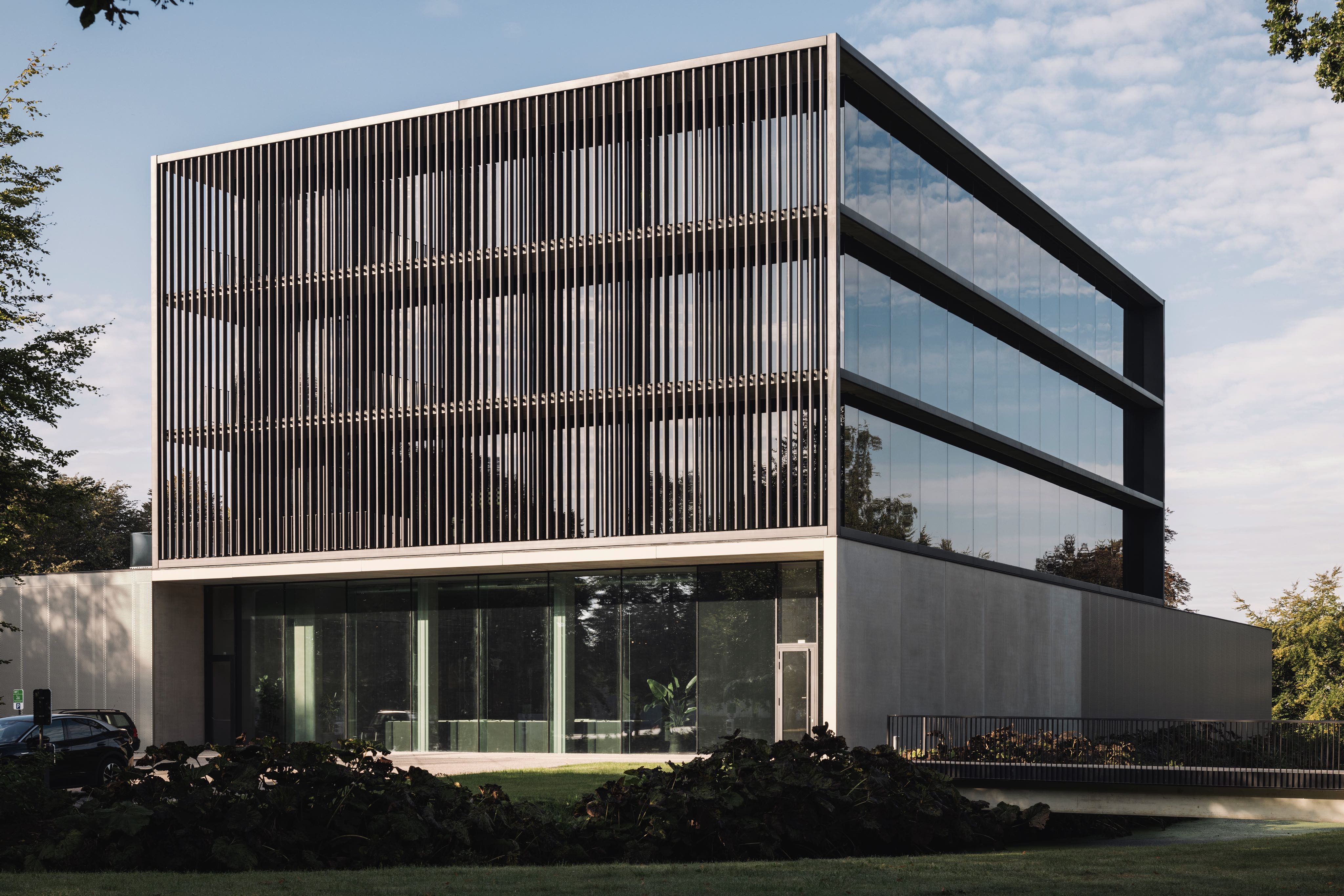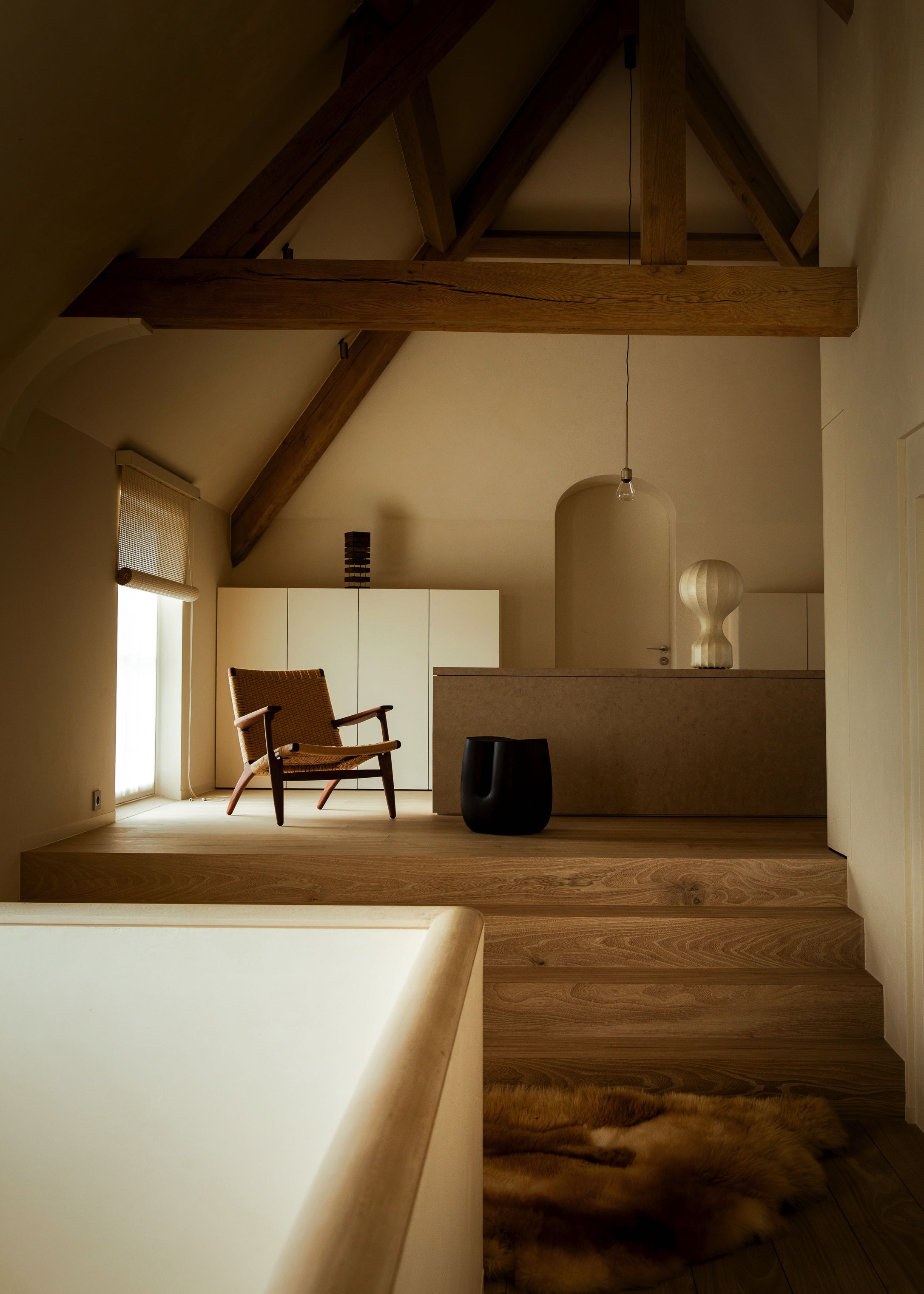
Wood. Craftsmanship. And honest answers.
Find clear and honest answers to the most frequently asked questions here.
About parquet
Parquet has long been valued for its timeless beauty and natural charm. Whether in a classic herringbone pattern or modern wide planks, it brings warmth, character, and quality to any interior. In this FAQ, we answer the most frequently asked questions.
- An authentic floor
- Ease of maintenance
- An environmental choice
- A long-lasting floor
- A floor to match your taste
The name gives it away: this pattern was designed for the Palace of Versailles when it was built. Today this unusual design is increasingly finding its way into contemporary homes. The pattern consists of diagonal weaves with a square border. A characteristic of Versailles parquet is that the square blocks are often placed at a 45-degree angle in the room. Solid European oak is used for Versailles.
Onderhoud parket
Parket is een product dat leeft en meer karakter krijgt doorheen de jaren. Je parket goed en zorgvuldig onderhouden is hierbij een must.
About wooden cladding
Wooden façade cladding combines function with aesthetics. It protects against the elements while giving buildings a natural, authentic appearance. In this FAQ, we answer the most frequently asked questions.
About wooden decks
Een houten terras vormt een natuurlijke overgang tussen woning en tuin en zorgt voor een warme, uitnodigende buitenruimte. Met de juiste houtsoort en plaatsing biedt het comfort, duurzaamheid en een tijdloze uitstraling. In deze FAQ beantwoorden we de meest gestelde vragen.
Onderhoud houten terras
Ontdek hoe je een houten terras mooi en duurzaam houdt. Geniet jarenlang van je terras.
About wooden walls
Wooden walls are a popular choice for both interior and exterior applications, thanks to their natural look, warm feel, and versatility. In this FAQ, you’ll find answers to the most frequently asked questions about installation, maintenance, durability, insulation, and more.
About wooden ceilings
Wooden ceilings are gaining popularity in Flemish interiors – and for good reason. They add a warm, natural touch to any space and suit both modern and rustic styles. Whether you opt for solid wood, wooden panels, or veneer, a wooden ceiling adds character, softens sound, and creates a unique atmosphere.
- It gives a natural and warm look to your interior
- It ensures an ideal indoor climate by providing good conductivity, allowing the room to heat up and cool down less quickly
- A wooden ceiling has a positive impact on room acoustics


